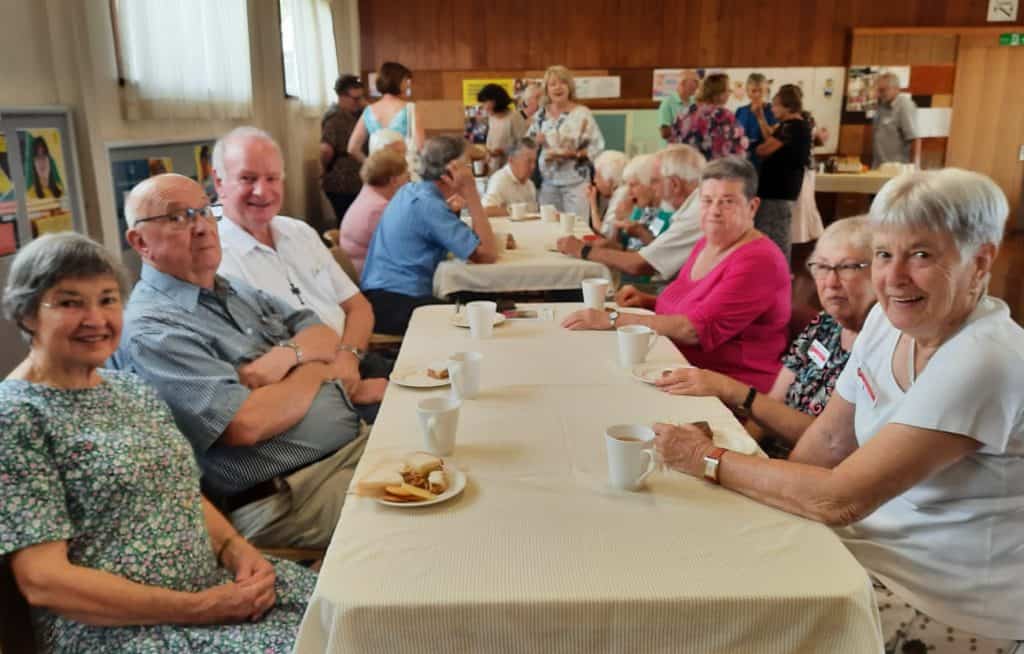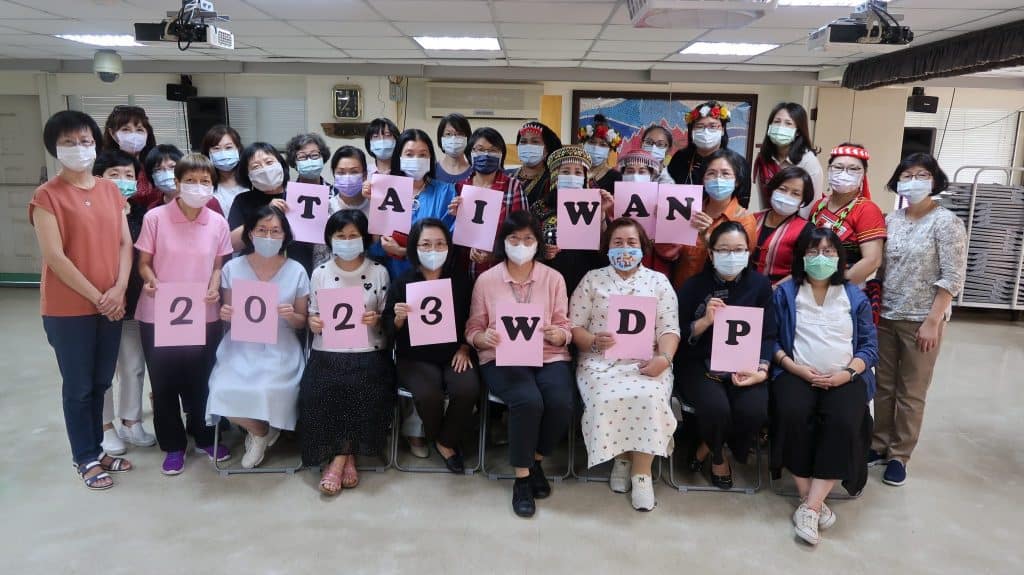Forty people from our congregation and others in Engadine and Heathcote gathered together Friday 3rd March to hold the annual ecumenical (different Christian churches coming together) service for the World Day of Prayer. This annual even has been held in Australia since 1927, and it is no coincidence that it is usually held on the Friday closest to International Women’s Day (8th March).
Local churches take turns hosting the service and a morning tea, and this year it was our turn. We conducted a service using Bible readings, prayers, songs and stories prepared by the World Day of Prayer committee in Taiwan, as it was their turn this year to design a service for use all over the world.





It was a very moving service, as we heard the stories of women who were involved in environmental education; dealing with educational and workplace discrimination; writing and painting; working through the impacts of violence and sexual abuse; and badly impacted while sacrificially serving their community during Covid – all the while trusting God’s guidance and praying for God’s wisdom and strength. Together we prayed for these women, inspired by their Christian faith, and learned more about their needs.
Next year’s prayer service will be written by the women of Palestine, and hosted locally by Connect Church in Engadine. After the service, we shared food and conversation, catching up with old friends, making some new ones, and reflecting on what we had learned and shared together.


World Day of Prayer is a worldwide movement (website here) of Christian women of many traditions in more than 170 countries who come together to observe a common day of prayer each year, affirming their faith in Jesus and sharing their hopes and fears, their joys and sorrows, their opportunities and needs. It is a movement that brings together women of various races, cultures and traditions in closer fellowship, understanding and action throughout the year.
This year, the prayers, music and artwork has been prepared by the committee in Taiwan, who said, “We are steeped in history. Through exploitation, piracy, trade and colonisation, we industrialised early, and saw developments in science, maths, medicine and industry. We are increasingly more aware of the role of the empire in the slave trade and the effects of technological advances on climate change…While diverse opinions remain among the different denominations in terms of politics and social issues, the Christian faith has led us to go beyond the chasm of ethnicity, historical wounds, and disagreements in real life, so that we may work together for the gospel in which we so believe.”

The artist Hui-Wen Hsaio used several motifs that highlight Taiwan’s best-known features to express how the Christian faith brings peace and a new vision to Taiwan. The women in the painting are sitting by a stream, praying silently and looking up into the dark. Despite the uncertainty of the path ahead, they know that the salvation of Christ has come.
Two endangered species are featured: the Mikado pheasant and the Black-faced Spoonbill, which are both of unique significance to the Taiwanese people. The Mikado pheasant is endemic to mountainous regions of Taiwan and is usually regarded as one of Taiwan’s national birds. The Black-faced Spoonbill migrates thousands of miles every year to spend the winter in Taiwan. Their distinctiveness symbolizes a characteristic of the Taiwanese people—confidence and perseverance in times of difficulty.
The green grass and Phalaenopsis (Butterfly) orchids stand out against the dark background. They are the pride of Taiwan, which has a worldwide reputation as the “Kingdom of Orchids.” In recent decades, Taiwanese orchid’s exports have increased, and Butterfly orchids have frequently been featured in international competitions. This beautiful island is known by its rich natural resources. Green grass represents the Taiwanese as simple, confident, strong and under God’s care.


Recent Comments